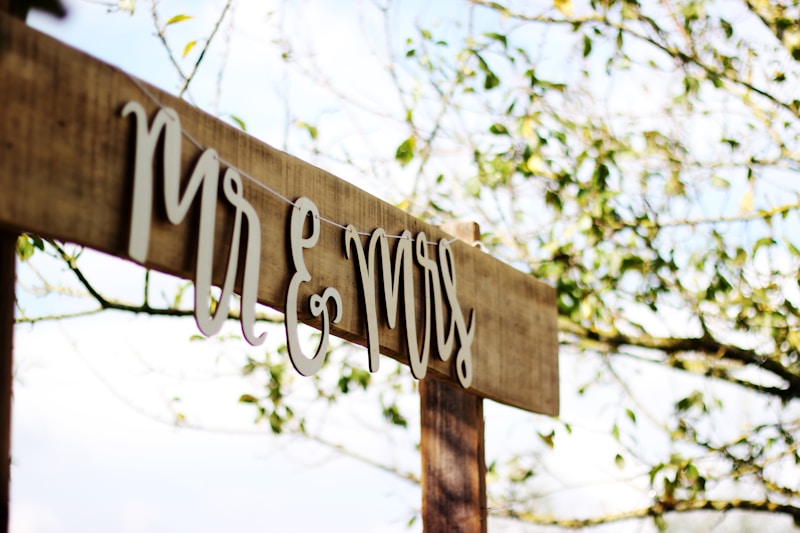Exploring Heritage in Classic Wedding Dress Design: A Timeless Elegance
The Significance of Heritage in Classic Wedding Dress Design
When we think of weddings, the image of a bride adorned in a stunning wedding dress often comes to mind. Among the various styles, classic wedding dresses hold a special place that reflects not only personal aesthetics but also cultural heritage. In this article, we will delve into the importance of heritage in classic wedding dress design, explore different traditional elements, and how they shape modern interpretations. We will also tackle common questions about vintage designs, fabrics, and the evolution of wedding attire.
Understanding the Heritage of Wedding Dress Design
Wedding dresses have evolved over centuries, but the essence of their design often traces back to deep-rooted cultural practices and societal norms. Each dress tells a story, showcasing the craftsmanship, materials, and values of the time and place from which they originate. In various cultures, wedding dresses hold significant meanings; for example, they can symbolize purity, wealth, or familial ties. This rich tapestry of traditions makes the classic wedding dress a profound testament to heritage.
Elements of Heritage in Classic Wedding Dress Design
Classic wedding dresses often feature distinctive elements that reflect their cultural heritage. Here are some key aspects:
| Design Element | Heritage Significance |
| Silhouette | Classic silhouettes, such as the A-line and ball gown, have been celebrated for their elegance, often portraying the ideal feminine form. |
| Fabrics | Satin, lace, and silk are historically significant materials, each with symbolic meanings ranging from fragility to luxury. |
| Embroidery | Traditional embroidery often features motifs that convey stories, blessings, or family legacies. |
| Color | While white is the conventional choice in Western cultures, other colors like red or gold are prevalent in cultures such as Chinese and Indian weddings, symbolizing prosperity and good fortune. |
As we can see, each element not only contributes to the design but also encapsulates deeper meanings rooted in cultural traditions.
Modern Interpretations of Classic Designs
While heritage plays a pivotal role in classic wedding dress design, contemporary designers often draw inspiration from these traditions while blending them with modern fashion sensibilities. This fusion creates unique pieces that honor the past yet appeal to today’s brides. Key trends include:
- Mixing Fabrics: Designers are experimenting with layering traditional lace with modern chiffon or tulle to create delicate contrasts in texture.
- Sustainable Practices: A growing trend in the industry is to use eco-friendly materials that respect both heritage and the environment.
- Customization: Brides are opting for bespoke designs that reflect their personal stories, often incorporating heirloom elements into the dress.
Overall, these innovations allow classic wedding dresses to evolve while preserving their heritage significance.
Understanding the Cultural Context
It's essential to recognize that wedding dress traditions vary significantly across cultures. For example, in many Western cultures, the white wedding dress became popularized by Queen Victoria in the 19th century. In contrast, in Indian cultures, red is often chosen for its auspiciousness.

Brides today are often inspired by these diverse backgrounds, seeking to incorporate significant cultural elements into their wedding attire. This amalgamation not only reflects personal identity but also highlights the shared human experiences of love and commitment.
Common Questions About Classic Wedding Dress Designs
Many brides-to-be and fashion enthusiasts have questions regarding classic wedding dress designs. Here are a few frequently asked questions:
1. What is the history behind the classic wedding dress?
The classic wedding dress has its roots in the 19th century when Queen Victoria famously wore a white gown for her marriage to Prince Albert. This choice paved the way for the white dress to symbolize purity and new beginnings in Western weddings.
2. How can I incorporate my heritage into my wedding dress?
To incorporate your heritage, consider using traditional fabrics, colors, or design elements from your culture. Many brides choose dresses inspired by their family history or incorporate specific motifs that hold personal significance.
3. What modern trends should I consider for a classic wedding dress?
Modern trends focus on sustainability, customization, and a blend of traditional and contemporary designs. Mix classic silhouettes with unique fabrics or embroidery to create a distinctive look that honors your heritage.
Conclusion: The Timelessness of Heritage in Wedding Dress Design
In conclusion, the influence of heritage in classic wedding dress design is profound and enduring. These dresses are not just garments; they are a narrative of culture, tradition, and artisanship. As brides continue to explore and celebrate their roots, they reinterpret classic styles, ensuring that their wedding dresses resonate with personal significance. Whether it's through traditional elements or modern adaptations, the essence of heritage within wedding dress design remains timeless.
As you prepare for your special day, consider integrating these heritage aspects into your wedding dress. They not only honor the past but also create a meaningful connection to your family's history and values. Remember to engage with designers who understand and respect these traditions, ensuring that your dress transcends time while beautifully representing your unique story.